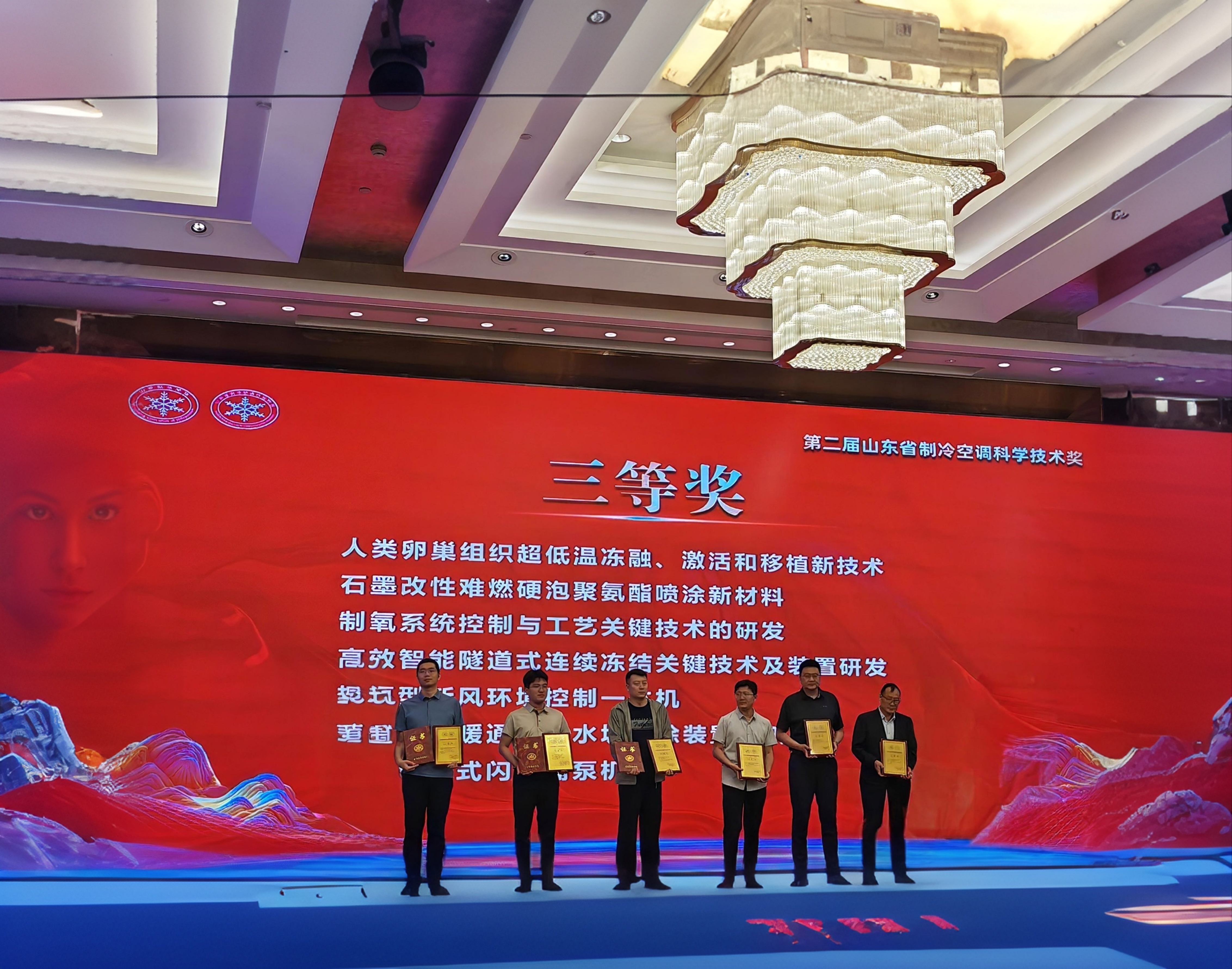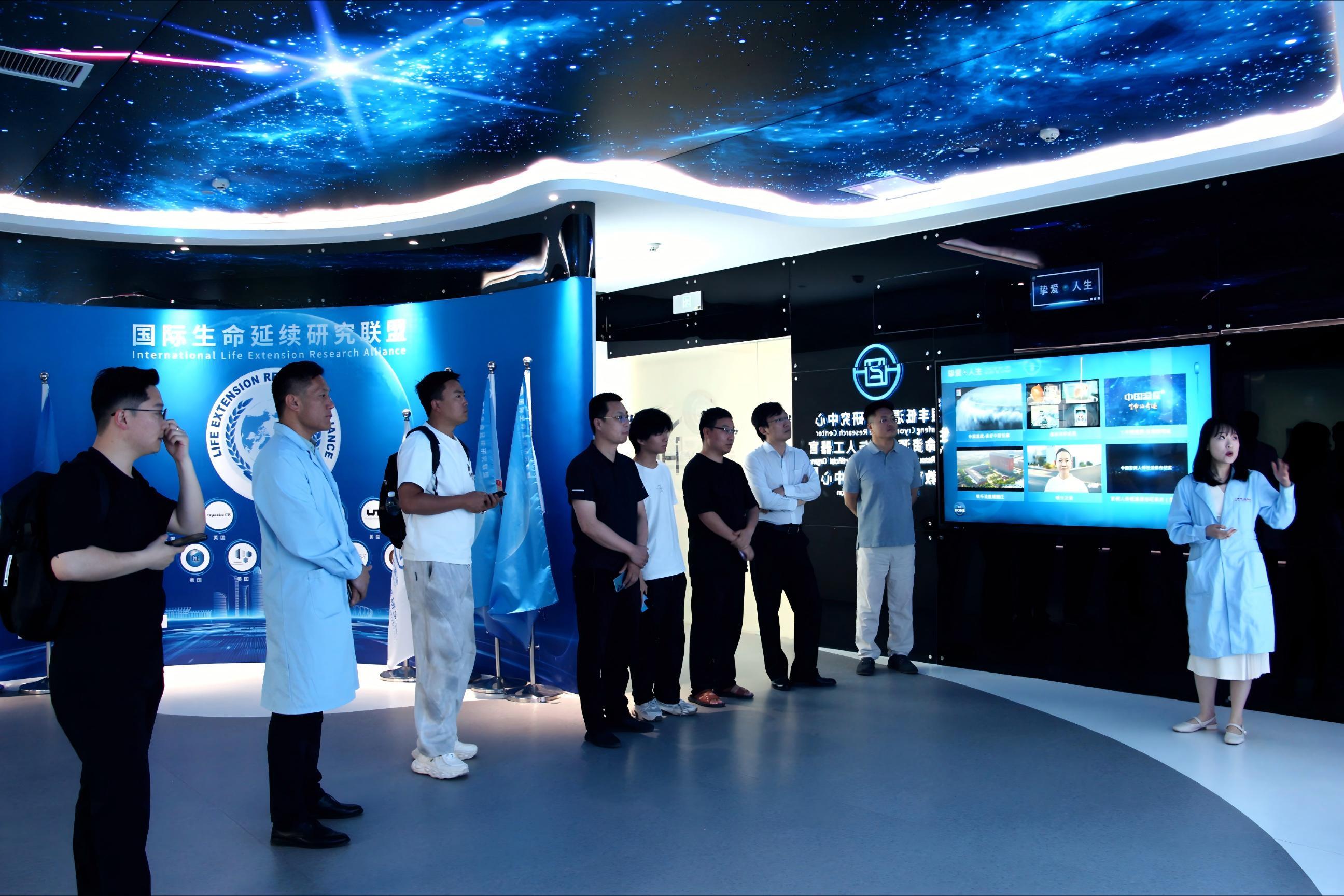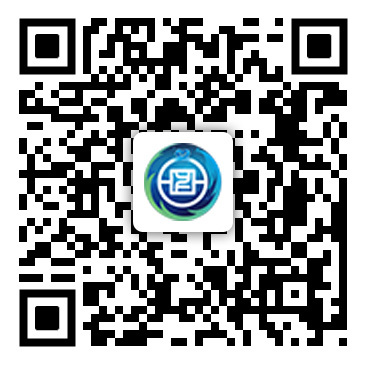Milestone! A Chinese Scientist Team Unveils a New Approach to Anti - aging and Lifespan Extension
Release time:
2025-06-19
As individuals age, the reserve of stem cells gradually depletes, leading to a decline in tissue regeneration and the ability to maintain homeostasis. This is a key characteristic of organismal aging and age - related diseases. However, a fundamental question in the field remains: Is stem cell depletion a driving factor or merely a by - product of aging? Can exogenous stem cell transplantation effectively slow down the aging process? These are the core scientific issues that urgently need to be addressed.
Meanwhile, the aging microenvironment is characterized by persistent oxidative stress, toxins, and inflammation. These negative conditions result in low implantation efficiency and short functional residence time of human stem cells in the host area. Moreover, the potential tumorigenic risk associated with transplantation has restricted the application of stem cell therapy in aging intervention.
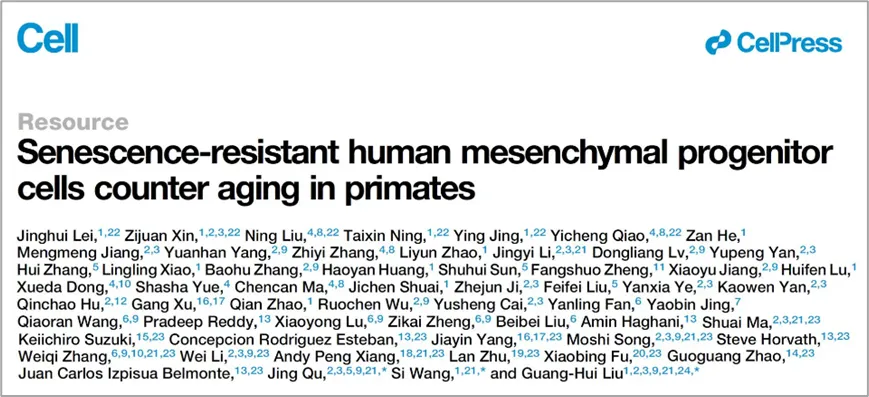
Research Team Develops Anti - aging Engineered Cells
Recently, the research group led by Liu Guanghui from the Institute of Zoology, Chinese Academy of Sciences, in collaboration with the teams of Wang Si from Xuanwu Hospital, Capital Medical University, and Qu Jing from the Institute of Zoology, Chinese Academy of Sciences, published a significant research paper in the journal Cell. This study delved deep into the aging regulatory mechanism and used synthetic biology methods to reprogram the longevity gene pathway. As a result, engineered human anti - aging mesenchymal progenitor cells (SRC) with triple resistance to aging, stress, and malignant transformation were successfully constructed.
As early as 2011, based on the large - fragment homologous recombination platform of the third - generation high - capacity adenovirus vector (HDAdV), the research team achieved the precise targeted correction of premature - aging - causing genes in human pluripotent stem cells for the first time. This laid the theoretical foundation for the generation of engineered long - lived cells. After more than a decade of exploration, the team systematically decoded the regulatory pathways of cellular aging and established the SRC technology system. In SRC1.0, the antioxidant hub gene NRF2 was precisely edited to strengthen the intracellular endogenous antioxidant defense network. In SRC2.0, the longevity node gene FOXO3 was engineered at two sites, endowing progenitor cells with enhanced and transplantable functional characteristics.
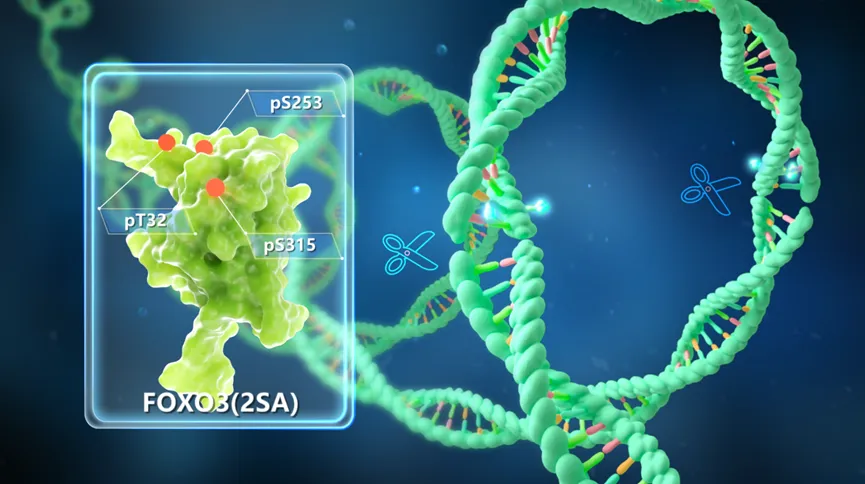
Remarkable Anti - aging Efficacy and Promising Clinical Translation
Researchers conducted a systematic analysis of the anti - aging phenotypes of SRC2.0 and found that it has significant anti - aging activity, strong environmental adaptability, and excellent safety. In an experimental model of elderly cynomolgus monkeys, regular doses of SRC were administered. Monitoring data showed that multiple intravenous injections of SRC did not cause any adverse events, and it was confirmed that SRC transplantation has excellent safety and immunotolerance in non - human primate models.
Further evaluation revealed that SRC cell transplantation can significantly slow down the aging process of multiple organs in monkeys and restore the body's homeostasis. At the functional level, it enhances the cognitive function of elderly primates; at the tissue level, it improves degenerative changes in multiple tissues; at the cellular and molecular levels, it reduces the abnormal accumulation of senescent cells and inhibits the infiltration of inflammatory cells; at the gene expression level, it achieves a systematic rejuvenation of the aging - related gene expression network in more than half of the tissues. Mechanistic studies suggest that exosomes released by SRC play a central role in promoting cellular rejuvenation.
This research breaks through the limitations of traditional "single - disease targeted therapy." For the first time, it demonstrates that human SRC can cross species and individual differences among primates, systematically delaying the aging of multiple organs. It shows broad anti - aging efficacy and outstanding safety. As the first pre - clinical protocol for cellular anti - aging in primates that is both safe and effective, it provides a crucial reference and technical framework for future clinical trials on human aging intervention. SRC not only holds the promise of delaying physiological aging but also offers potential cell - based drugs for various age - related diseases. It is expected to shift the paradigm of aging intervention from "passive response" to "active programming," opening up a new path for actively extending human healthy lifespan.
Latest developments
Recently, the "Novel Technology for Ultra-Low Temperature Cryopreservation, Activation, and Transplantation of Human Ovarian Tissue," developed through a collaborative effort between Shandong Yinfeng Life Science Research Institute and Beijing University of Chinese Medicine Shenzhen Hospital, has been awarded the 2025 Shandong Refrigeration and Air Conditioning Science and Technology Award. This groundbreaking technology pioneers a new pathway for female fertility preservation, marking a significant leap in China’s interdisciplinary advancements in reproductive medicine and cryobiology.
On May 19, a delegation from the Chinese Training Workshop for Government Officials of Developing Countries visited the exhibition hall of Yinfeng Biological Group's Cryomedicine Research Center. Government officials from multiple countries gained in-depth insights into Yinfeng’s innovative achievements in cryobiomedicine, cell storage, genetic technology, and other fields. They engaged in discussions with the delegation on technology transfer and international cooperation, contributing to the building of a global community with a shared future for humanity.
On the morning of May 17, 2025, an immersive exploration into life sciences and cryomedicine concluded successfully at Jinan Yinfeng Biological Science Park. Hosted by the Shandong Yinfeng Life Science Research Institute, this event offered members a firsthand look into the research base through activities such as ultra-low temperature cryotherapy experiences, brainwave signal acquisition system trials, and expert panel discussions. Participants witnessed the infinite possibilities that cryogenic technology and life sciences hold for humanity.
The international academic platform ScholarGPS recently announced its global lists of Highly Ranked Scholars - Lifetime and Highly Ranked Scholars - Prior 5 Years, recognizing the top 0.05% of scholars across various disciplines. Among the selected Chinese scholars are national-level talents, leading figures in specialized fields, and seasoned academics dedicated to long-term research.
In January 2025, members of the Yinfeng cryomedicine team actively participated in the "Sino-French Aerial Emergency Medical Rescue Training" and obtained certification. This signifies a further enhancement of the team's professional capabilities in the field of international emergency medical rescue.




